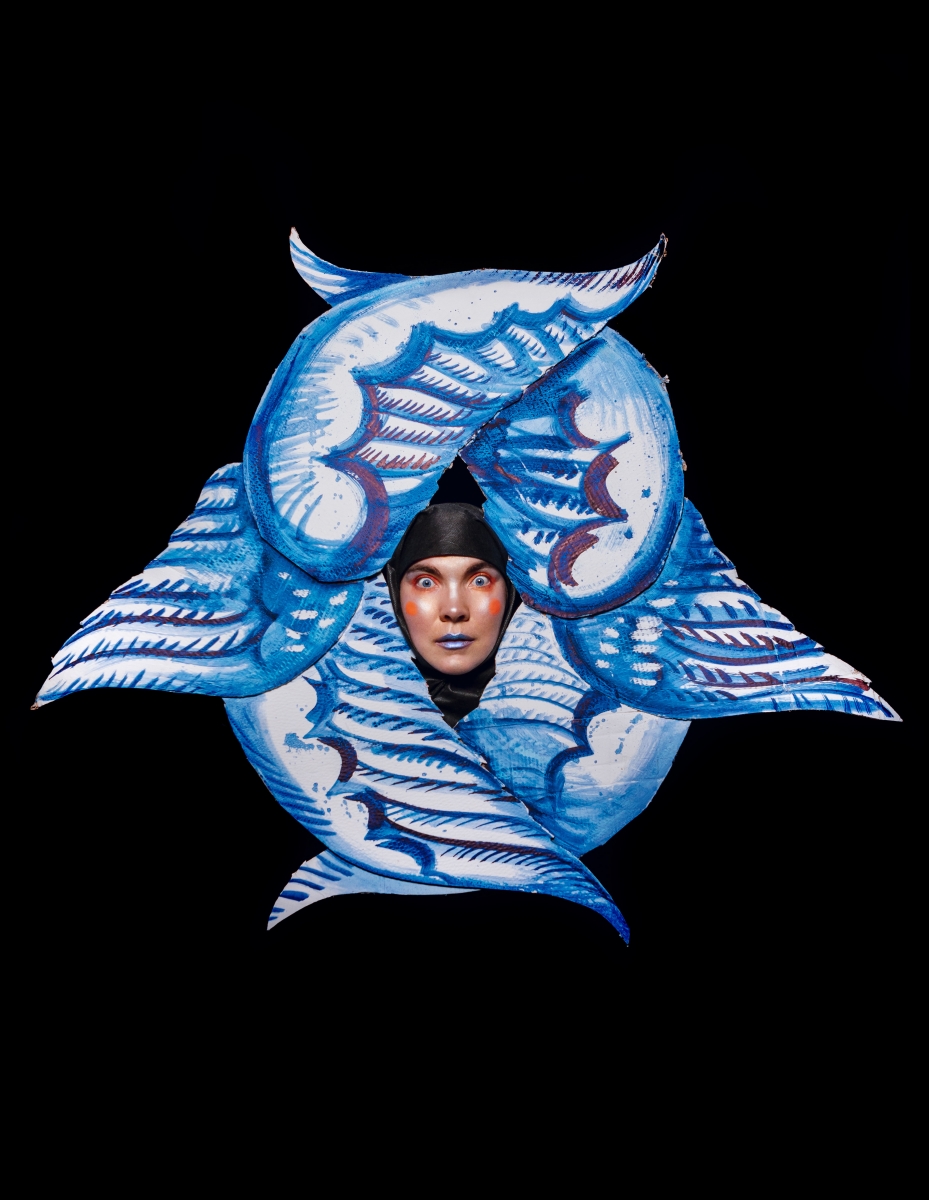
|
Svetlana Gusarova: Science and mythology have each their own explanation of the reality. At some point it seemed like the scientific approach was going to win, but it didn’t happen. Where does the myth’s survivability come from?
Olga Khristoforova: When we talk about the survivability of mythological thinking, it’s important to remember about art, creativity, and, on the whole, the human ability of symbolic activity. Since none of that has vanished, so hasn’t the mythological. The faith in the irrational isn’t gone either—the faith in what’s beyond the positivist logic and the so-called western thinking. It is the same ability of symbolisation, it is an immanent trait of human nature. History knows examples when attempts at eradicating beliefs of a certain people led to nothing – the beliefs would resurrect (as, for instance, in post-Soviet Russia), or there would come new ones, often syncretic (for instance, Afro-Atlantic cults in North and South Americas). It is human nature to project onto the outer world their emotional, willpower and cognitive qualities, thus creating symbolic protectors, friends and enemies.
Svetlana Gusarova: In the 90s a wave of “home-made” magic overflowed Russia, its suppliers quickly realised it monetizes well.
Khristoforova: Where there’s demand, there’s supply, the wheel is rolling. Magic, especially when it’s a mass-market story, is a successful commercial project: all these books, healers, artefacts are still in demand. At the close of the Soviet era I, along with many others, was surprised that the irrational may manifest so extensively, for in the Soviet times these things weren’t as visible, they were under a bushel and not as numerous. And in the 90s it all suddenly came in light. Wasn’t it shocking that instead of Brezhnev’s speeches on TV we had a report from morgue, where Yuriy Longo was “resurrecting the dead”. Yet by all accounts, the homemade magic didn’t blossom from an infertile soil: the ideological grip of the regime loosened, and so the striving to the irrational suddenly became unpunishable and even encouraged. It came out of people’s closets along with the criticism of authorities.
Gusarova: How did the craving for the irrational manifest itself in the Soviet times?
Khristoforova: Even if we don’t count the occultism of the Silver Age of Russian poetry and the Soviet eugenics of the 20s, in the post-war years in the USSR we had such movements—for instance, the enthusiasm about yoga and eastern practices among the intelligentsia. These weren’t completely opposed to the regime either, because they correlated with state-founded centres for studying the supernatural. In the USSR there were scientific centres and laboratories for studying psychic abilities. It all was thought to be useful for the state (military intelligence and such). We may also recall the psychic Juna, who cured high-rank Soviet figures with means of alternative medicine.
Gusarova: How often do we find mythological background in contemporary artistic pieces?
Khristoforova: Mythological background is usually connected with the ideological, especially in the works of artists from ethnically non-Russian Republics within Russia. The Nenets writer Anna Nerkagi or the Yakut theatre use poetics and images from the folk mythologies to highlight the national tradition. We find such approach in certain post-colonial spaces. I found interesting examples of this in Cuba, which has been a melting pot of different nationalities since the 16th century, while the last half a century it has been socialist. The environment is ethnically equalized there, but since the 90s the art of authors from different social backgrounds has strongly africanized. Clearaly behind all of this lie questions of ideology and social relations.




